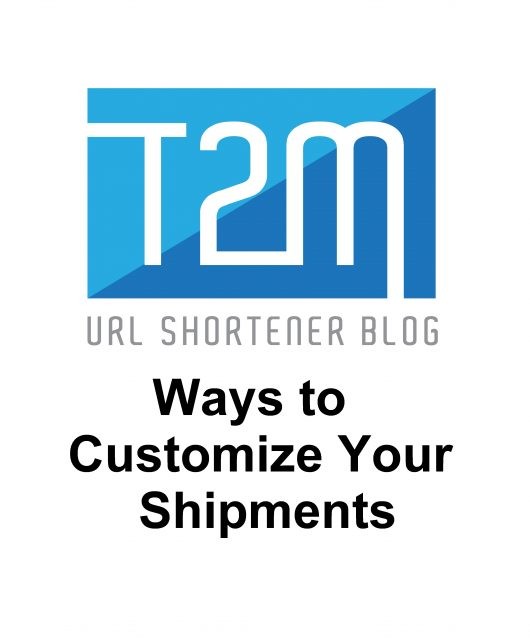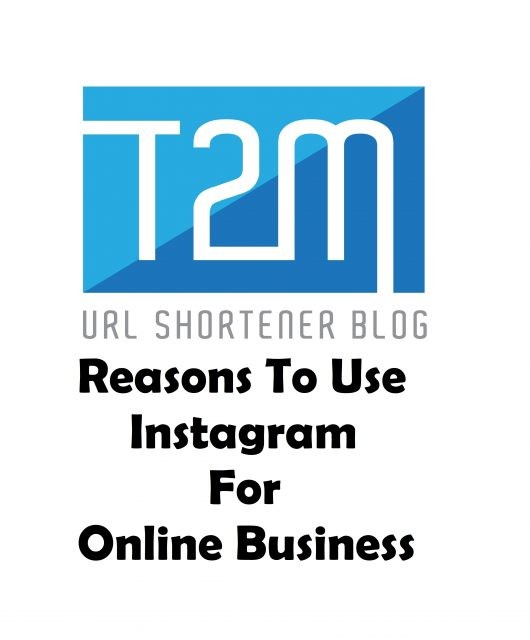The synergy between visuals and search engine optimization (SEO) is often underestimated. While marketers typically focus on textual content for SEO, images—particularly stock photos—play a critical role in enhancing search engine performance. By optimizing stock imagery correctly, you can significantly boost your website’s visibility, user experience, and overall SEO ranking. Here’s your comprehensive guide to optimizing stock photos for maximum SEO impact.
Understanding Image SEO: Why It Matters
First, it’s crucial to understand why optimizing stock images matters. Google and other search engines consider user experience as a primary ranking factor, and visuals play a significant role in enhancing that experience. Optimized images load faster, attract more clicks, reduce bounce rates, and improve your site’s overall performance—all critical components influencing SEO.
Proper image optimization ensures your site appears prominently in both standard and image-specific searches, significantly broadening your audience reach.
Start with Selecting Relevant Images
Effective image SEO begins with choosing the right stock photos. Images must closely relate to your content and keywords. Search engines consider relevance crucial, as irrelevant visuals confuse users and diminish user experience.
Always select stock images that directly align with your page’s content, enhancing both context and keyword relevance for better SEO performance.
Rename Your Image Files Strategically
One of the simplest yet most effective image SEO practices is renaming image files. Stock images usually come with generic file names, such as “IMG1234.jpg,” offering no SEO value.
Instead, rename each stock photo file to include descriptive, keyword-rich phrases that clearly convey image content and relevance. For example, “blue-running-shoes.jpg” is far more SEO-friendly than a random file name. Strategic file naming helps search engines understand image context, enhancing your visibility in image search results.
Leverage Alt Text Effectively
Alternative (alt) text is another critical component of image SEO. Alt text provides search engines with a clear description of the image, significantly improving context and accessibility. It’s also essential for visually impaired users relying on screen readers.
When writing alt text, clearly describe the image content using relevant keywords naturally. Avoid keyword stuffing, as search engines penalize such practices. Concise, descriptive, keyword-aligned alt text dramatically enhances your image’s SEO performance.
Optimize Image File Sizes
Image loading speed directly affects user experience and SEO. Large, uncompressed stock photos slow down page load times, increasing bounce rates and negatively impacting rankings.
Optimize image file sizes using compression tools or plugins, significantly reducing file size without sacrificing visual quality. Formats such as JPEG for photos and PNG for graphics or logos typically provide optimal results. Faster-loading images improve page performance metrics, boosting your site’s overall SEO.
Implement Responsive Imagery
With mobile users dominating web traffic, responsive imagery is no longer optional—it’s essential. Responsive images automatically adapt to varying screen sizes and resolutions, delivering optimal user experiences across devices.
Ensure stock photos on your site are coded responsively, guaranteeing seamless visual performance on mobile, tablet, and desktop devices. Enhanced responsiveness significantly boosts user engagement metrics, thereby improving your search engine rankings.
Utilize Structured Data Markup
Structured data (or schema markup) provides search engines with additional context about your images, helping them display rich results. By implementing structured data markup, your images appear in enhanced search snippets, significantly increasing visibility and click-through rates.
Use structured data markup tools to tag stock photos accurately, enhancing their appearance in search results and boosting overall SEO performance.
Use Descriptive Captions
Captions are often overlooked but can significantly impact SEO. Search engines use captions as additional context for understanding image relevance. Furthermore, captions improve user experience, particularly when users quickly scan content.
Craft clear, keyword-rich captions for your stock photos, providing users and search engines with enhanced context and improved understanding. Effective captions also boost engagement, positively influencing your site’s SEO.
Create an XML Image Sitemap
An XML image sitemap significantly improves how search engines discover and index your site’s images. Submitting an image-specific sitemap ensures search engines find and display your optimized stock photos more effectively.
Generate and regularly update your image sitemap, submitting it through Google Search Console or other webmaster tools to maximize image visibility and SEO.
Consider Image Placement and Context
The placement and context of your stock photos influence SEO. Place images strategically throughout your content, ensuring they’re contextually relevant to surrounding text. Proper placement helps search engines understand content relevance clearly, boosting rankings.
Ensure images complement textual content naturally, enhancing readability and improving user engagement—both crucial factors in achieving strong SEO performance.
Test and Monitor Performance Regularly
Consistently monitor and analyze the performance of your optimized stock photos. Tools like Google Analytics and Search Console offer insights into image-driven traffic, engagement rates, and user behavior.
Regular performance analysis enables continuous refinement and optimization, maximizing your image SEO effectiveness over time.
Ensure Compliance with SEO Best Practices
Stay updated on SEO guidelines from major search engines, ensuring your image optimization strategies always comply. Search engine algorithms continually evolve, making compliance essential for sustained SEO success.
Regularly review and adjust your image optimization practices, aligning with the latest SEO best practices to maintain strong search engine performance.
Final Thoughts: Integrating Visuals with SEO for Maximum Impact
Optimizing stock photos for SEO is more than a technical task—it’s strategic marketing practice essential for maximizing online visibility and engagement. By prioritizing relevance, strategic naming, effective alt text, responsive design, structured data, captions, sitemap submission, context, regular monitoring, and compliance, you transform your visuals into powerful SEO tools.
By effectively integrating optimized imagery into your broader SEO strategy, you significantly enhance user experience, search engine rankings, and digital marketing effectiveness, driving sustained online growth and success.











